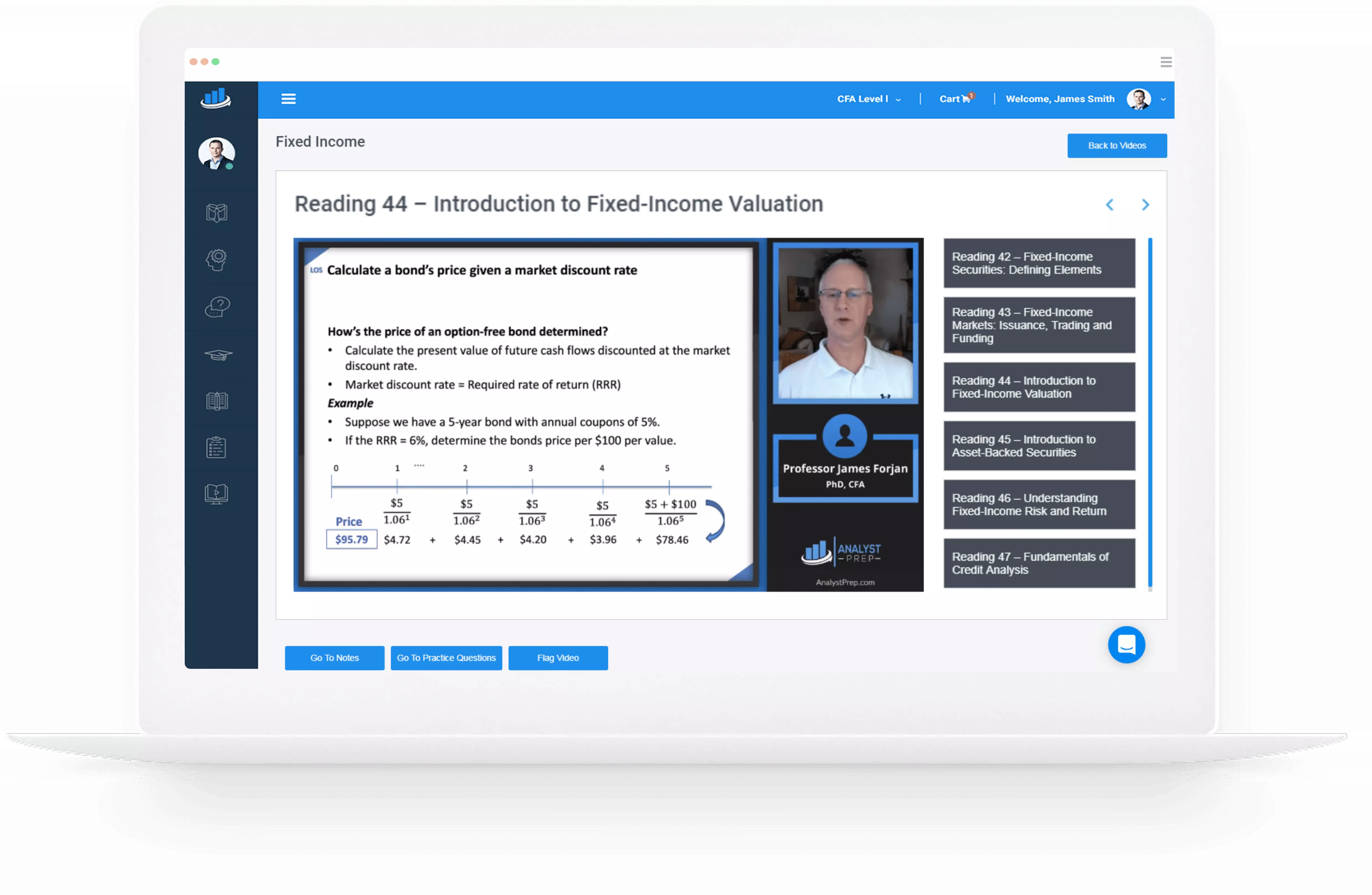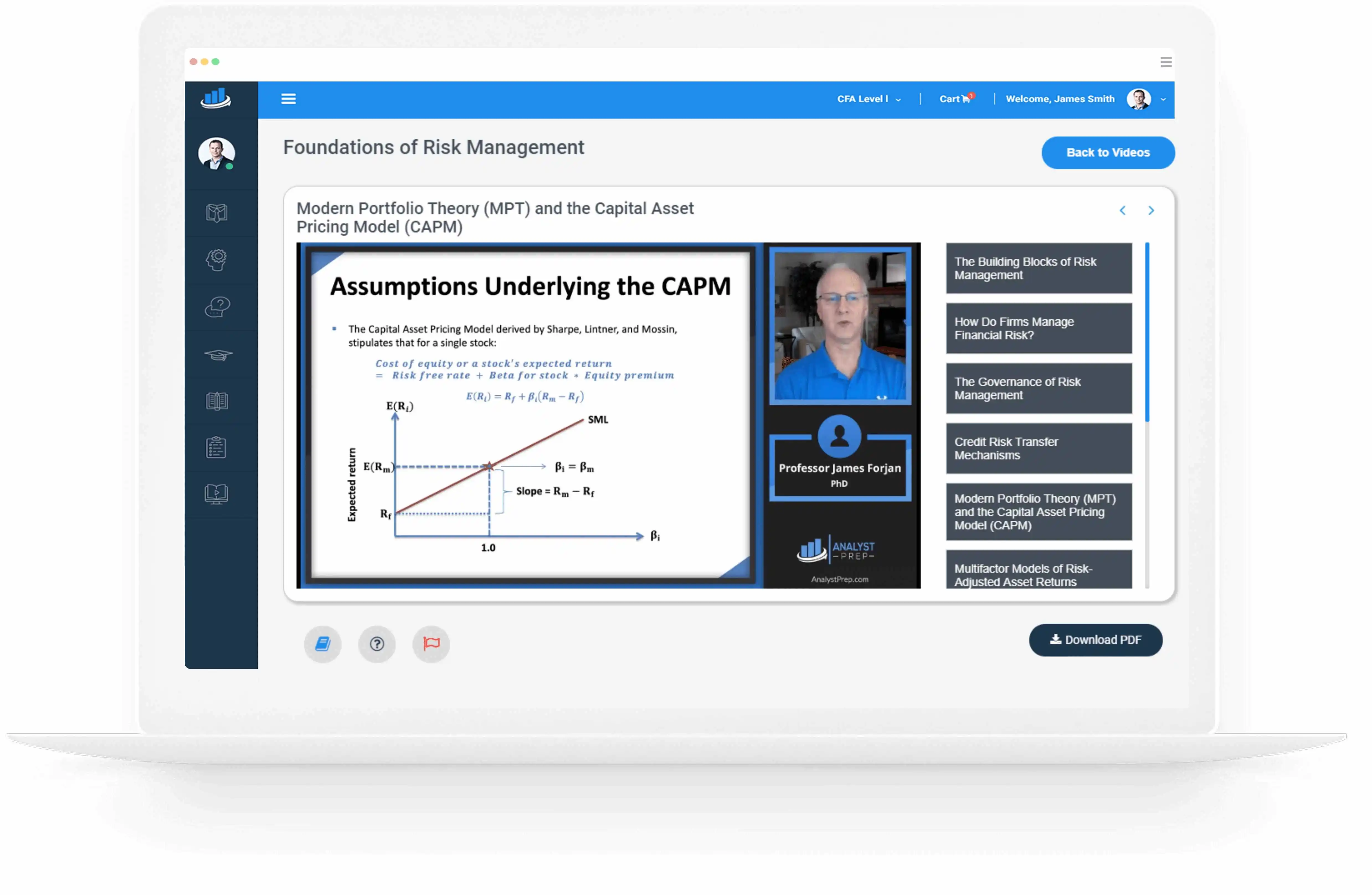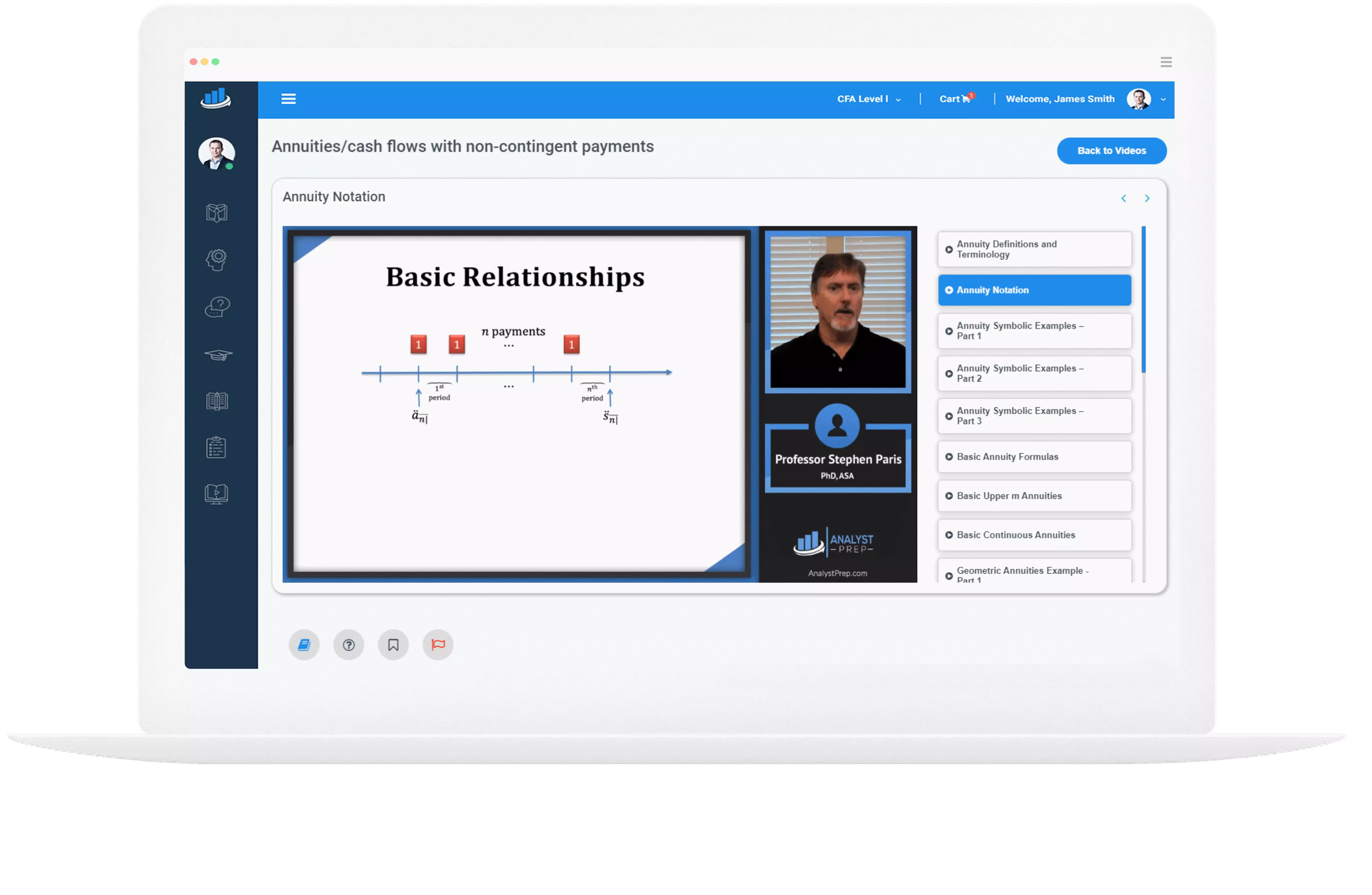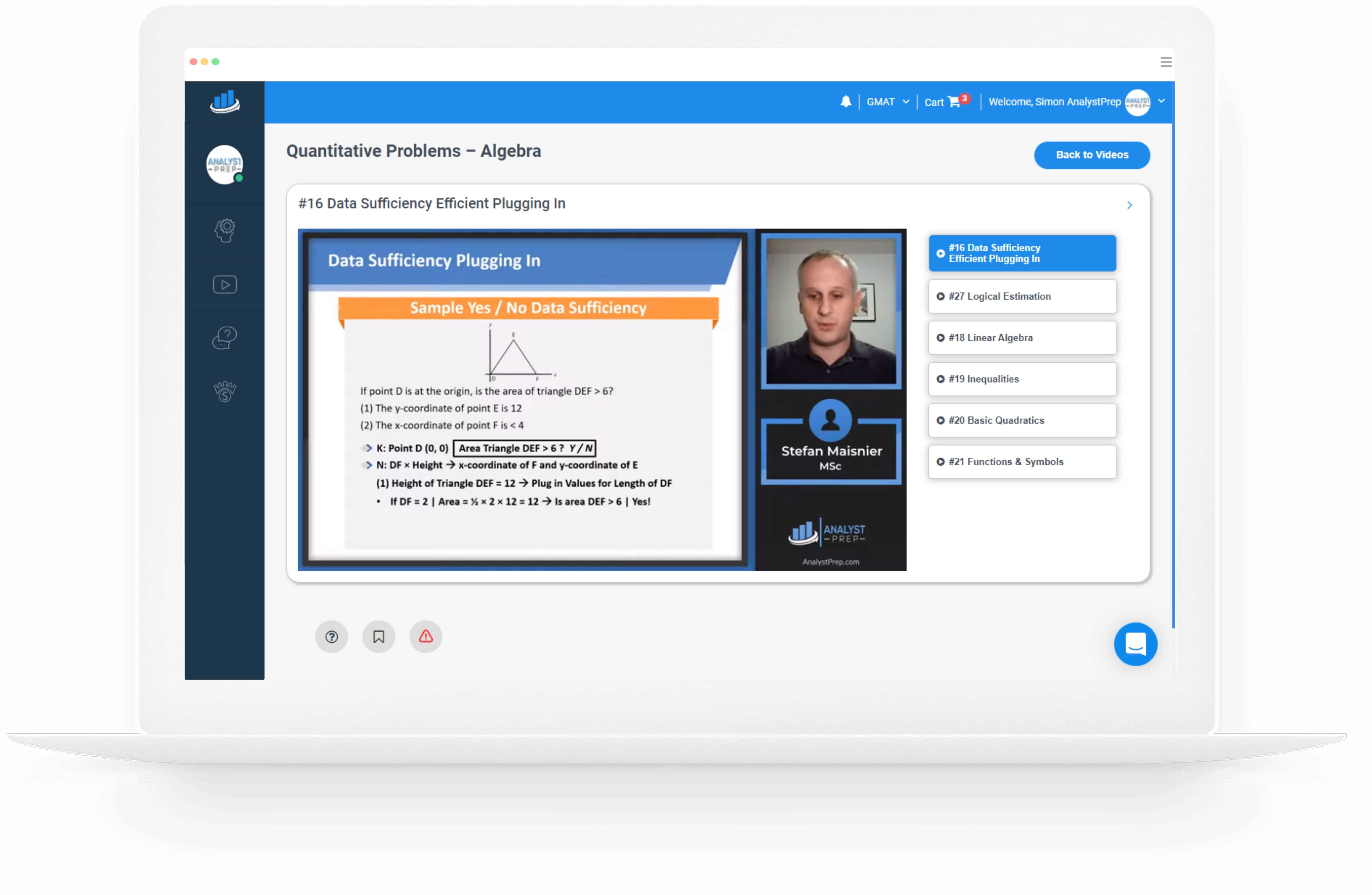Risk Factors, Expected Returns, and Investment Instruments
When considering investments in alternative asset classes beyond risk, return, and correlation, practical complexities must be addressed. Neglecting these distinctions between traditional and alternative investments can jeopardize an investment strategy. Key factors to contemplate include: Defining risk characteristics: Understand the…
Traditional and Risk Based Approaches to Asset Classification
To effectively analyze a portfolio or potential investment opportunities, investors must establish a comprehensive and mutually exclusive categorization scheme, known as the ‘opportunity set.’ This is crucial to ensure that all investments are considered and prevent double-counting or missed opportunities….
Diversifying Equity Risk
Impact of Adding Either Bonds or Alternative Investments to an Equity Portfolio It’s crucial to distinguish between two distinct dimensions of risk: volatility and the likelihood of achieving a target return. To comprehensively evaluate the impact of introducing either bonds…
The Role of Alternative Investments in a Multi-asset Portfolio
When considering adding alternative investments to a portfolio, investors need to know what benefits to expect. Alternative investments span the spectrum between risk-reducing and return-enhancing. This lack of consistency is a familiar theme with alternative investments. Each one will be…
Study Notes for CFA® Level III – Fixed-Income Portfolio Management – offered by AnalystPrep
Reading 19: Overview of Fixed-Income Portfolio Management Los 19 a: Discuss roles of fixed-income securities in portfolios and how fixed-income mandates may be classified Los 19 b: Describe fixed-income portfolio measures of risk and return as well as correlation characteristics…
An Approach to Assessing Yield Curve Strategies
Scenario Analysis As described earlier, many factors can change the return of a fixed-income portfolio, including changes in the yield curve. These changes can involve the curve’s slope, level, shape, and underlying currencies. Scenario analysis refers to a set of…
Yield Curve Strategies
Static Yield Curve When the yield curve is expected to remain unchanged, investors can capitalize on this scenario by incorporating either of the following strategies into their portfolios: Leverage: This strategy might involve a carry trade, where managers acquire higher-yielding…
Active Fixed-Income Management Across Currencies
$$ \textbf{Single asset}: R_{(dc)} = (1+ R_{fc}) \times (1+ R_{fx}) -1 $$ $$ \textbf{Portfolio}: R_{(dc)} = \sum \omega_i(1+ R_{fc}) \times (1+ R_{fx}) -1 $$ Where: \(R_{dc}\) = Domestic currency returns (%). \(R_{fc}\) = Foreign currency returns (%). \(R_{fx}\) = Change…
Essential Fixed-Income Concepts and the Key Yield Curve for Proactive Managers
The yield curve visually represents of bonds with similar credit quality but varying maturities. This graphical depiction illustrates the anticipated returns of specific bonds (y-axis) at different maturities (x-axis). Breakdown of Return Components The return components of bond portfolios aiming…
Benchmark Selection
Choosing the right benchmark for fixed-income securities is a crucial task that involves understanding a client's goals and limitations. Matching the benchmark to the liability or portfolio is essential, but it's more straightforward for equities than fixed income due to…




